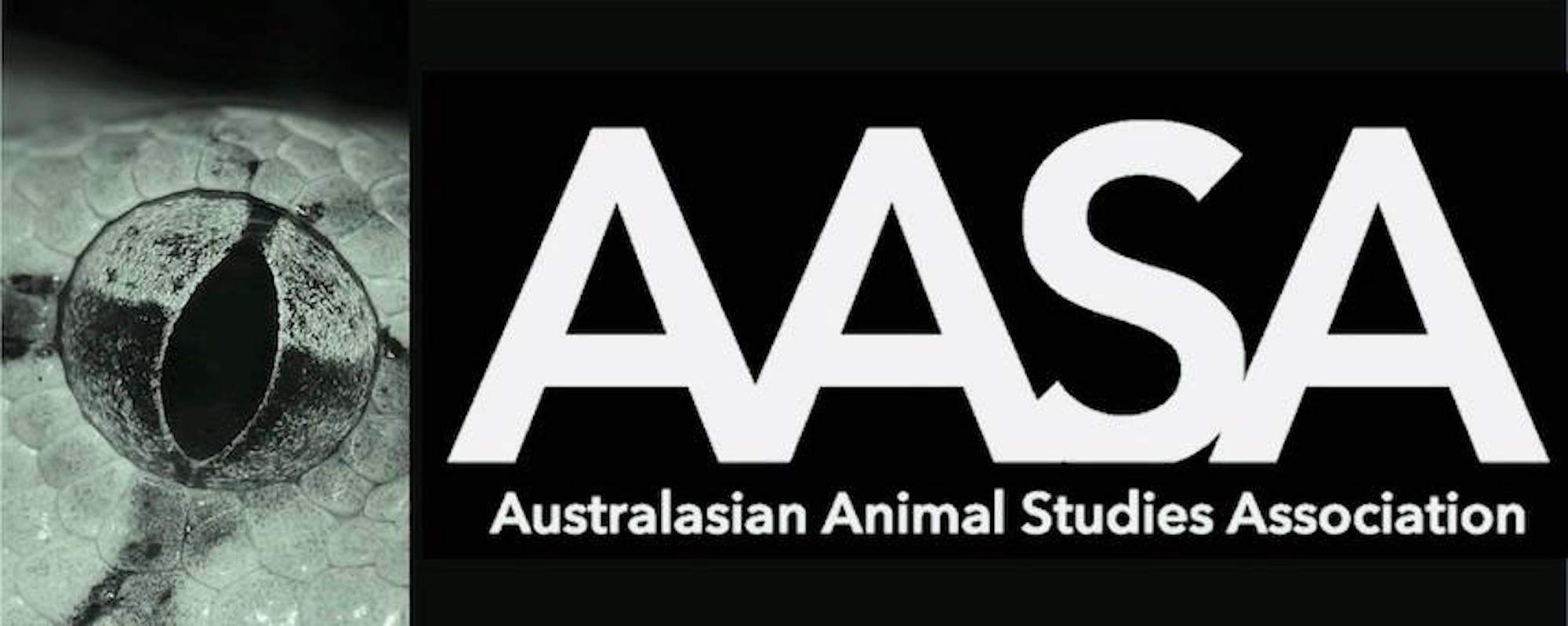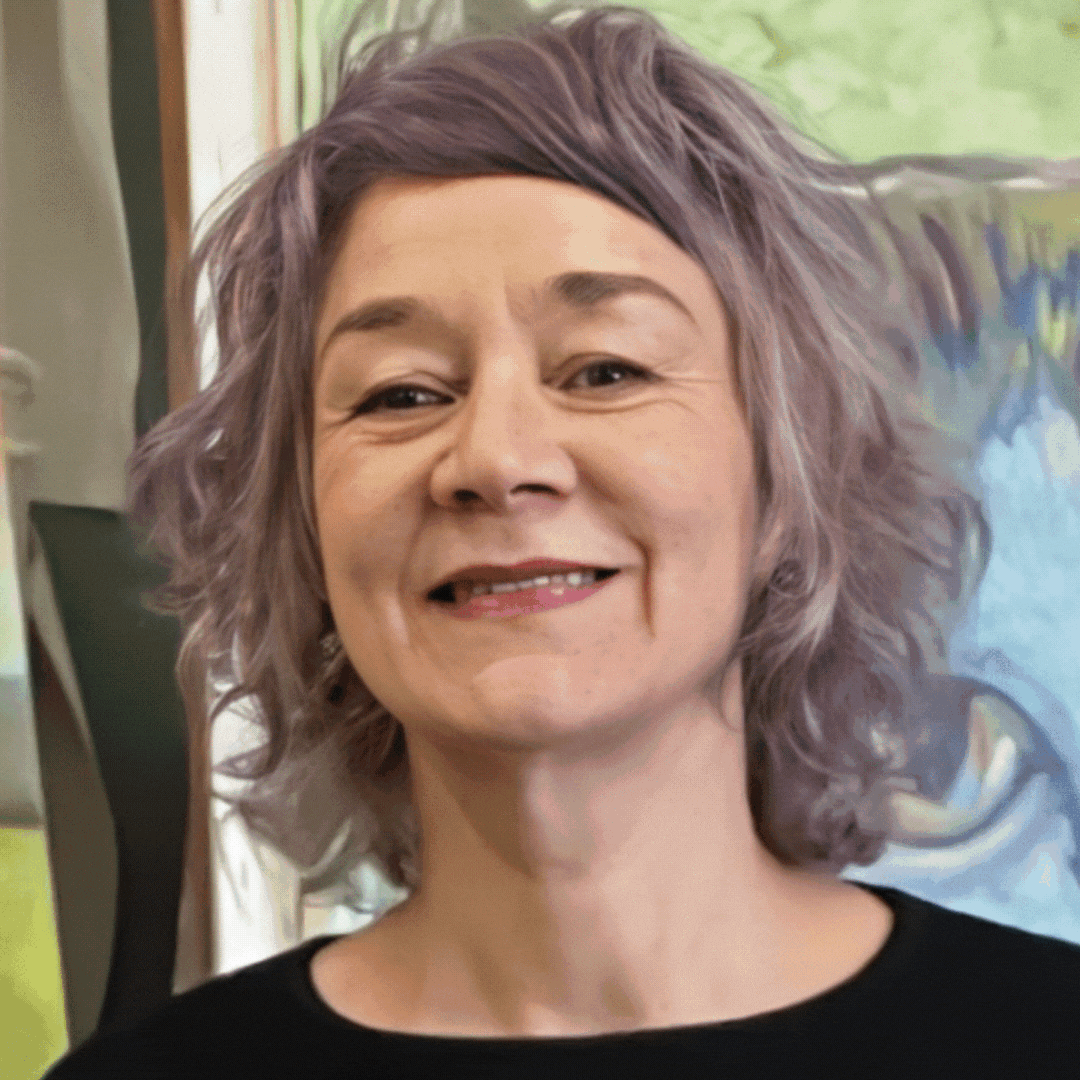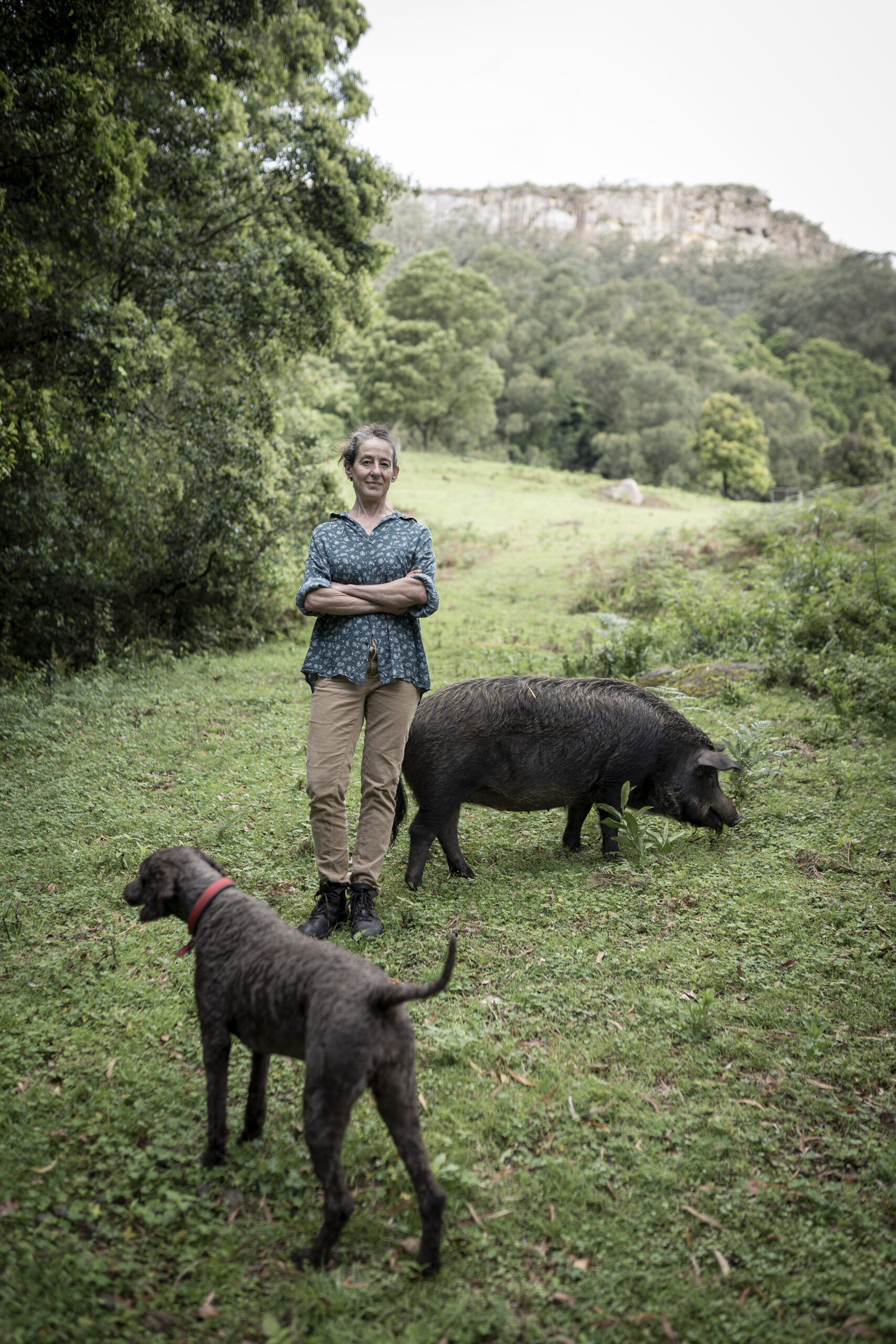Dinesh Wadiwel speaks with AASA member, Michelle Szydlowski about her latest publication
Congratulations on Elephant Tourism in Nepal.
Szydlowski, Michelle (2024) Elephant Tourism in Nepal Historical Perspectives, Current Health and Welfare Challenges, and Future Directions, Oxfordshire: CABI.
What scholarly disciplines are most relevant to this publication?
Thank you, this book was truly a labor of love for me. Like most of my research, this work is situated in the liminal spaces between disciplines, or in transdisciplinary junctions. For example, my background is in both Biology and Anthropology-based Anthrozoology. Strictly speaking, Biology as a discipline fails to paint the whole picture of what social, intelligent animals really need to experience positive welfare. That is what drove me to focus more on social science theories and methodologies.
There are so many disciplinary and methodological overlaps when examining welfare that drawing from more than one field is necessary. For example, welfare is impacted by the cultural norms surrounding the treatment of otherthanhuman animals (sociology, history, and psychology), the use of human language to impact ‘reality’ (linguistics), legislation that protects or commodifies (animal law, political science), and human views on their place in and responsibility for ‘nature’ (ecology, geography).
How would you describe this book to a non-academic interested in animal advocacy?
Non-academics can skip the theoretical frameworks sections and come away with historical knowledge of elephant use in Nepal. They can also see how current social and economic issues impact conservation.
This book is a great way to gain insight into how one’s practices of tourism, especially in less familiar countries like Nepal, impact individual lives (human and elephant). It also offers insight into how human views on what sound like simple concepts such as care, concern, and making ethical choices, are really based on one’s own cultural baggage.
There is the need to acknowledge and understand the views of local communities rather than approaching with an exclusively ‘western’ mentality.
Lastly, reading the three elephant biographies presented in the book can help those interested in animal advocacy learn about what happens behind the scenes of tourism practice.
Your book delves into understanding NGO and INGO animal advocacy in relation to elephants. Can you say more about your analysis?
Often, I/NGOs spent more time promoting themselves or seeking donations than helping elephants. Differences in what was considered ‘best’ for individual elephants created chasms between organizations. Some I/NGOs completely ignored the need to support marginalized communities of mahouts whose lives are inescapably tied to these elephants. Others lacked any ongoing presence in the area, instead parachuting in, creating conflict, and then leaving.
But I also found positive examples of NGOs—some doing amazing work by supporting local community needs and desires while also improving daily living conditions for mahouts and elephants. Conservation, welfare improvement, and sustainable development require a lot of patience and willingness to engage with a variety of views.
How do you see your book relating to human-nonhuman relations?
Humans and elephants have shared dwellings, labor, and companionship for thousands of years, and this book is entirely related to their ongoing relationships. Despite the vital role elephants have played in ecosystem health, religious practice, and income production; human activities have drastically reduced the numbers (and impacted the health) of wild individuals. Now, humans need to focus on using this relationship to support elephant conservation, improve the lives of elephants working with humans, and repair damage to their shared environment.
What are you working on next?
I am currently working on a second article for Anthrozoos, based upon my recent research on elephant-mahout relationships in Nepal (the first can be found here). I also continue to write elephant biographies thanks to a grant from the Culture and Animals Foundation. I will return to Nepal in December with my colleagues to document the relationships between humans and free-living dogs and cats, thanks to a grant from the Society for Companion Animal Studies.
———————
Michelle Szydlowski explores pachyderm-human relationships in the contexts of tourism, captivity, and conservation.
Her main focus is on improving the health and welfare of marginalized multi-species communities of mahouts and elephants. Michelle loves to play with language, and often writes about how language is used to control the narratives of morethanhuman lives.
She is a visiting assistant professor for Project Dragonfly, a graduate program based in the University of Miami’s Department of Biology. Michelle co-hosts The Anthrozoology Podcast, and co-founded the Anthrozoology as International Practice student conference.Find a list of her publications and projects at www.internationalelephants.org



